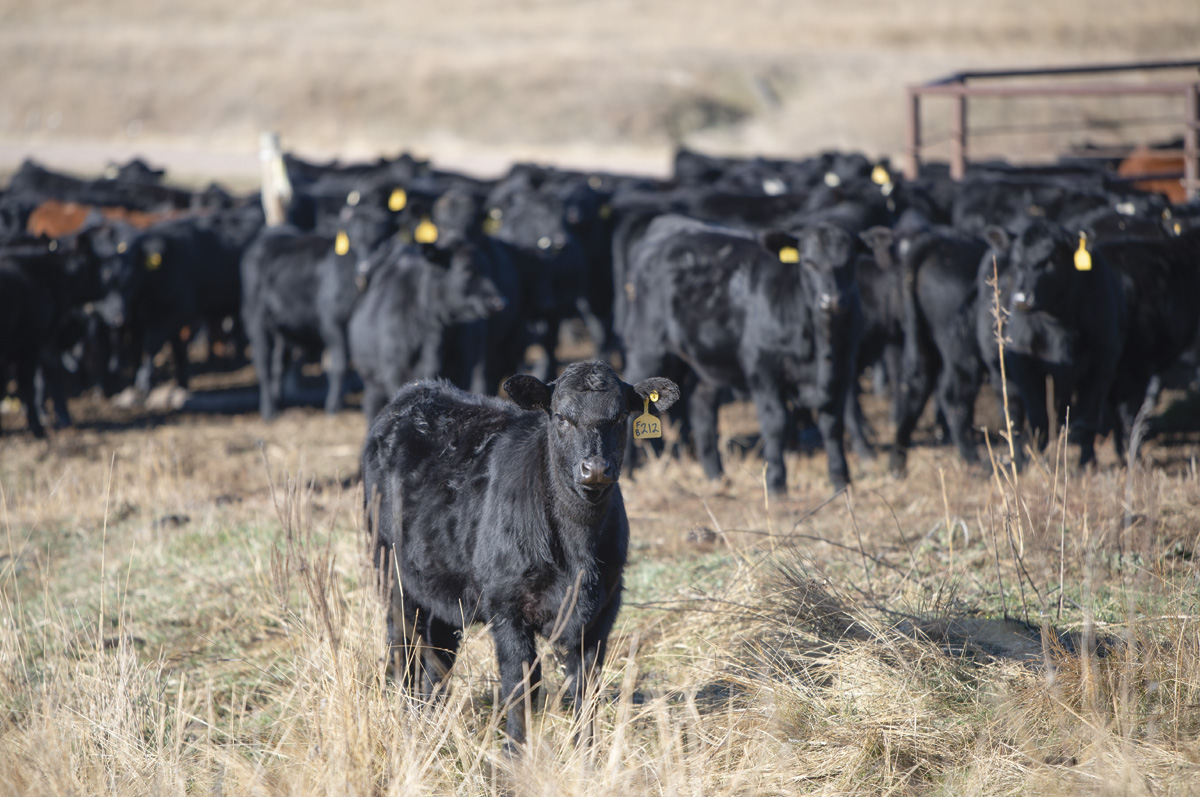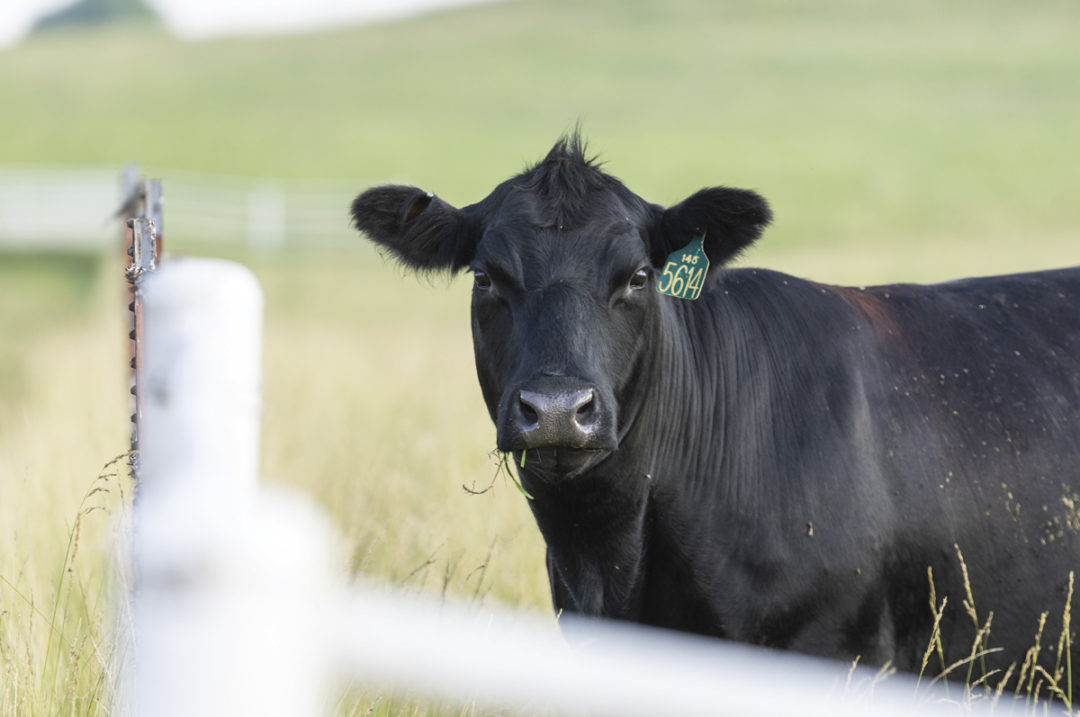As weaning approaches, developing the best pool of replacement heifers will be critical to your operation’s success and longevity. While choosing replacement females may seem like a singular task, you know that months and years of strategic planning lead up to the moment. Every replacement heifer is evidence of the work that’s been done and is the foundation of future herd performance and profitability. Because of this, investing in heifers before they hit the ground is critical. Nutrition, especially trace mineral nutrition, directly influences heifer development and future reproductive success. Do you need to reevaluate your heifer development program to make sure you have the best possible pool from which to choose replacements?
A small part of the ration has an exponential impact
Trace minerals are only a small part of the diet, but they have a huge impact on herd productivity. Without necessary trace minerals, both heifers and cows fail to meet their reproductive potential.
When cows are lacking proper trace mineral nutrition, reproductive challenges flourish. Issues like silent estrus, irregular cyclicity, low conception rates and poor pregnancy retention all stand in the way of profitability. When you have to cull more open cows, you have to select more replacements from an even smaller replacement pool. Even if cows do overcome these reproductive challenges, cows with poor trace mineral nutrition are less suited to raise calves due to poor colostrum quality and low milk production.
In addition to poor cow performance, a pull-through response can be observed in the calf. Calves born from cows that are not nourished properly must play catch-up from day one. This problematic cycle hinders your ability to produce and retain the best replacements. Heifers lacking proper trace mineral nutrition grow slower and achieve puberty later, decreasing the potential to enter the replacement pen. Moreover, for these calves, immune challenges are harder to overcome and morbidity rates are higher, further decreasing growth and weaning weights. Collectively, a smaller, lower-performing calf crop yields a lower-quality heifer group from which to choose replacements. With limited choices, lower-quality heifers must be chosen as replacements, and there is less opportunity to apply stringent selection criteria.
Trace minerals are the foundation of a successful reproductive program
Over time, the opportunity to advance herd genetics is lost as a result of poor trace mineral nutrition. This can be avoided by implementing a nutrition strategy that develops more high-quality replacements and supports your top-performing cows.

The foundation for good replacement females is laid long before it comes time to choose those replacements. Photo courtesy of Zinpro Corporation.
When cows receive effective trace mineral nutrition, including amino acid-complexed trace minerals, reproductive performance is better supported. Supplement programs that include amino acid complexes help cows generate higher-quality oocytes, leading to higher-quality embryos, generating 20% higher conception rates and ultimately aiding in greater pregnancy retention through the crucial first 45 days – the period when most pregnancy loss occurs. These efficiencies result in a 16-day-tighter calving window, adding more profitable early calvers into the herd, even in the younger cows where calving intervals are often excessive. Moreover, these cows are better equipped to raise a calf with 28% greater colostrum immunoglobulins, the foundation for passive immunity. In total, these improvements support a bigger, healthier calf crop full of quality replacement heifer prospects.
However, the benefits of feeding amino acid-complexed trace minerals to the cow herd go beyond colostrum quality and rebreeding success. When cows were fed amino acid-complexed trace minerals throughout middle and late pregnancy, their heifer calves ultimately reached puberty 19 days earlier – nearly a full cycle! There is a correlation between multiple estrous cycles prior to first breeding and greater reproductive success early in virgin heifers. In other words, by feeding amino acid-complexed trace minerals to the cow herd, you’re already impacting reproductive development in the next generation. With earlier puberty and greater pregnancy retention, you’re setting up heifers for a long, profitable lifetime in the cow herd.
Establishing a solid foundation of trace mineral nutrition will directly benefit your operation. With a larger cycling pool of heifers from which to choose replacements, you’ll have the opportunity to choose females based on multiple traits that contribute to herd improvement. This gives you the flexibility to select heifers beyond simply age and weight, and other traits like docility, udder quality or preferred genetic and index values can be emphasized in the selection process. Ultimately, you can more rapidly advance genetic improvement.
Fuel your herd to raise the best replacements
Capitalize on these benefits and take your reproductive and heifer development programs to the next level by prioritizing trace mineral nutrition. Evaluate your program for any gaps and make sure your feed tags include zinc amino acid complex and other metal amino acid complexes to complement other feedstuffs. With a strong foundation of trace minerals being fed year-round, you can develop and retain the best heifers to support your cow herd and continue advancing your herd based on the qualities most valuable for your operation.









